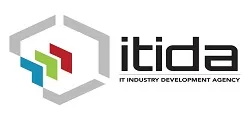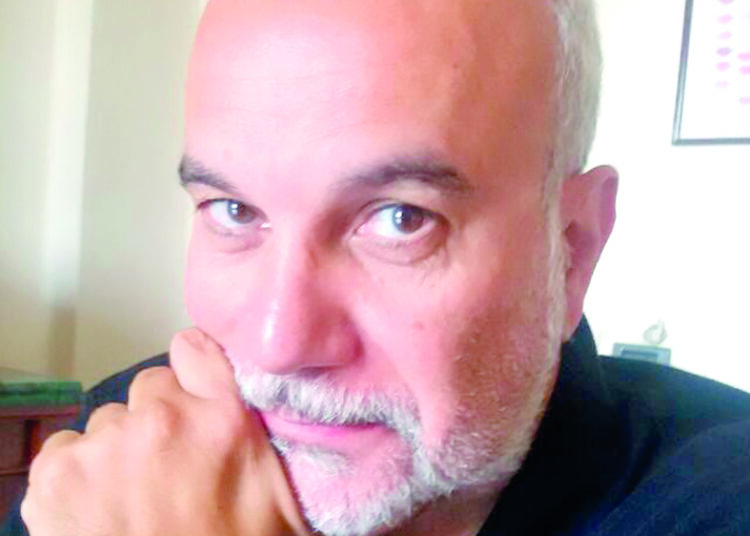By Sherif Attar
In a world of ever-changing ambiguity and uncertainty, executives have to face two challenges: excellent performance and people development. Where many managers think those endeavours are “competing”, this author believes they are “completing”. GET DOWN TO BUSINESS argues.
The power of purpose at work
Mission and vision statements are concise, inspiring ones that clearly communicate the direction and values of an organisation. These statements explain intentions, and motivate teams to realise an inspiring vision of the future.
Creating inspiring mission and vision statements.
These statements can be highly motivating when they are expressed clearly and with intent when (and if!) they are communicated to everyone. They also express an organisation’s purpose to stakeholders: customers, suppliers and the media.
Purpose
The two statements do distinctly different jobs.
Mission statements define the organisation’s purpose and primary objectives. They explain why you exist as a business. Mission statements tend to be short, clear and powerful.
Vision statements also define an organisation’s purpose, focusing on its aspirations. They should be uplifting, inspiring and timeless: even if the organisation changes its strategy, the vision will often stay the same.

Examples of mission statements
• Bristol-Myers Squibb Company – “To discover, develop, and deliver innovative medicines that help patients prevail over serious diseases.”
• ConocoPhillips – “To power civilisation.”
• Nike – “To bring inspiration and innovation to every athlete in the world.”
• The Dow Chemical Company – “To passionately create innovation for our stakeholders at the intersection of chemistry, biology and physics.”
Examples of vision statements
• Amazon – “To be earth’s most customer-centric company where customers can find and discover anything they might want to buy online… at the lowest possible prices.”
• PepsiCo – “Put into action through programmes and a focus on environmental stewardship, activities to benefit society, and a commitment to build shareholder value by making PepsiCo a truly sustainable company.”
• Amnesty International – “A world in which every person – regardless of race, religion, ethnicity, sexual orientation, or gender identity – enjoys all of the human rights enshrined in the Universal Declaration of Human Rights and other internationally recognized human rights standards.”
• Ikea – “To create a better everyday life for many people.”
• The American Society for the Prevention of Cruelty to Animals – “The United States is a humane community in which all animals are treated with respect and kindness.”
Steps for Creating a mission statement
Step 1: Develop your winning idea …or unique selling proposition
This is the approach that makes your organisation stand out, and why customers prefer to come to you.
Step 2: Clarify your goal
List the most important measures of success. How will you know when you’ve accomplished this goal? If your idea is to provide excellent customer service in an area, what key performance indicator will let you know that your customers are truly satisfied?
Have a concise statement that expresses your ideas, measures and a desired result.
Keep this statement in the present tense, and make sure it is short, simple, clear, and free of jargon.
How to create a vision statement
Step 1: Find the human value in your work
How does your organisation improve people’s lives? How do you make the world a better place?
Step 2: Distill into values
Next, identify what you, your customers and other stakeholders value the most about how your organisation will achieve this mission. Distill these into values your organisation has, or should have. Values include excellence, integrity, teamwork, originality, equality, honesty, freedom, service, and strength.
Step 3: Combine your mission and values
Have an inspiring statement that will energise people, inside and outside your organisation. It should be broad, timeless and explain why the people in your organisation do what they do.
For questions or suggestions, please send your comments.
Sherif Attar, an independent management consultant/trainer and organisation development authority, delivers seminars in the US, Europe, Middle East and the Far East.






Discussion about this post